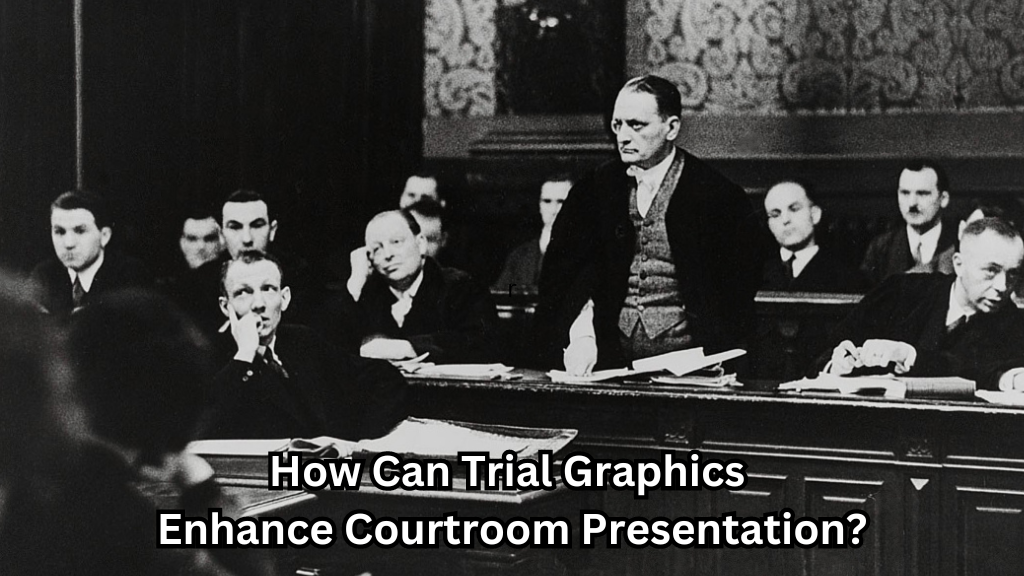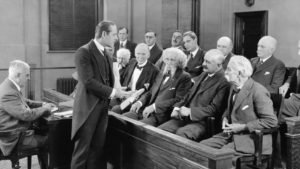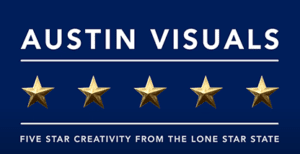
Introduction
In the realm of litigation, effective courtroom presentations can make or break a case. As the legal landscape evolves, so does the need for innovative tools to convey information. Enter trial graphics. These visual aids are revolutionizing the way attorneys communicate complex data, making it digestible and compelling for jurors.
The Power of Visual Learning
Humans, by nature, are visual creatures. Studies suggest that approximately 65% of the population are visual learners. This means that a significant portion of a jury can better understand and retain information when presented visually. Trial graphics cater to this inclination, transforming abstract concepts into vivid, memorable visuals. When an attorney presents a chart showing a sequence of events or a 3D animation of an incident, it resonates more profoundly than mere verbal descriptions.

How Can Trial Graphics Enhance Courtroom Presentation?
Making Complex Information Accessible
Legal cases often involve intricate details, be it financial data, timelines, or technical processes. Explaining these verbally can be daunting and, at times, ineffective. Trial graphics act as a bridge, translating complex information into accessible visuals. For instance, in a patent dispute, a well-crafted graphic can simplify the workings of a complex machine, allowing jurors to grasp its mechanics and the core of the dispute.
Enhancing Juror Engagement
A courtroom’s atmosphere can be intense and, admittedly, sometimes monotonous. Jurors, despite their best intentions, might find their attention wavering. Trial graphics serve as a tool to recapture that attention. A dynamic animation or a striking chart can re-engage a drifting mind, ensuring that the jury remains attentive and absorbs critical information. The more engaged a jury is, the better they can understand, deliberate, and arrive at a fair judgment.

How Can Trial Graphics Enhance Courtroom Presentation?
Strengthening Witness Testimonies
Witness testimonies are pivotal in many cases. However, relying solely on verbal accounts can be risky. Memories can be fallible, and testimonies might sometimes appear inconsistent. Trial graphics can reinforce a witness’s statement. When a witness describes an event, and the jury sees a corresponding visual representation, it bolsters the testimony’s credibility and makes it more impactful.
Versatility of Trial Graphics
The realm of trial graphics is vast and versatile. Depending on the case’s needs, attorneys can opt for:
- Charts and Graphs: Ideal for financial data or showing trends.
- Timelines: Perfect for laying out sequences of events.
- 3D Animations: Useful for recreating incidents or explaining intricate processes.
- Interactive Presentations: Allow jurors to explore data at their own pace.
Each type of graphic can be tailored to fit the specific nuances of a case, ensuring that the information is always presented in the most effective manner.
Austin Visuals: Crafting Impactful Trial Graphics
In the world of trial graphics, Austin Visuals stands out as a beacon of excellence. Our team specializes in creating courtroom-ready visuals that not only convey information but do so in a compelling manner. Whether it’s a detailed 3D animation or a straightforward chart, we ensure that every graphic is accurate, clear, and engaging. Many legal professionals have turned to Austin Visuals, finding our services invaluable in presenting their cases effectively.
Here’s a list of services provided by Austin Visuals specifically tailored for courtroom needs:
- Courtroom Animations: Detailed 3D animations that recreate events, incidents, or processes to provide a clear visual understanding for the jury.
- Medical Animations for Litigation: Visualizations that depict medical procedures, injuries, or the mechanism of injury to support medical malpractice or personal injury cases.
- Accident Reconstructions: 3D visual recreations of accidents, showcasing the sequence of events, points of impact, and other crucial details.
- Forensic Animations: Detailed animations that visually represent forensic evidence or processes, aiding in the understanding of complex forensic data.
- Product Liability Animations: Animations that demonstrate product defects, malfunctions, or design flaws that might have led to injuries or damages.
- Property and Site Visualizations: 3D renderings or animations of properties, buildings, or sites relevant to the case, showcasing layout, design, and other spatial details.
- Interactive Presentations: Digital presentations that allow for real-time interaction, enabling attorneys to highlight specific details or sequences as needed during their arguments.
- Expert Witness Testimony Support: Visual aids and animations that complement and strengthen the testimonies of expert witnesses.
- Evidence Enhancement: Using technology to enhance, clarify, or restore pieces of evidence, such as CCTV footage, to be more clearly presented in court.
- Custom Graphics and Charts: Creation of custom graphics, charts, and diagrams to represent data, timelines, or other relevant information in a visually compelling manner.
Conclusion
The future of litigation is visual. As cases become more complex and jurors’ attention spans wane, the importance of trial graphics will only grow. They offer a way to convey information effectively, ensuring that jurors understand and retain critical details. For attorneys looking to elevate their courtroom presentations, integrating trial graphics is not just advisable; it’s imperative. And for those seeking the best in the business, Austin Visuals is ready to assist. Reach out to us at [email protected] or call us 512-591-8024 to discover how we can transform your case presentation.
Have A Project You Want To Discuss? Drop us a line!





